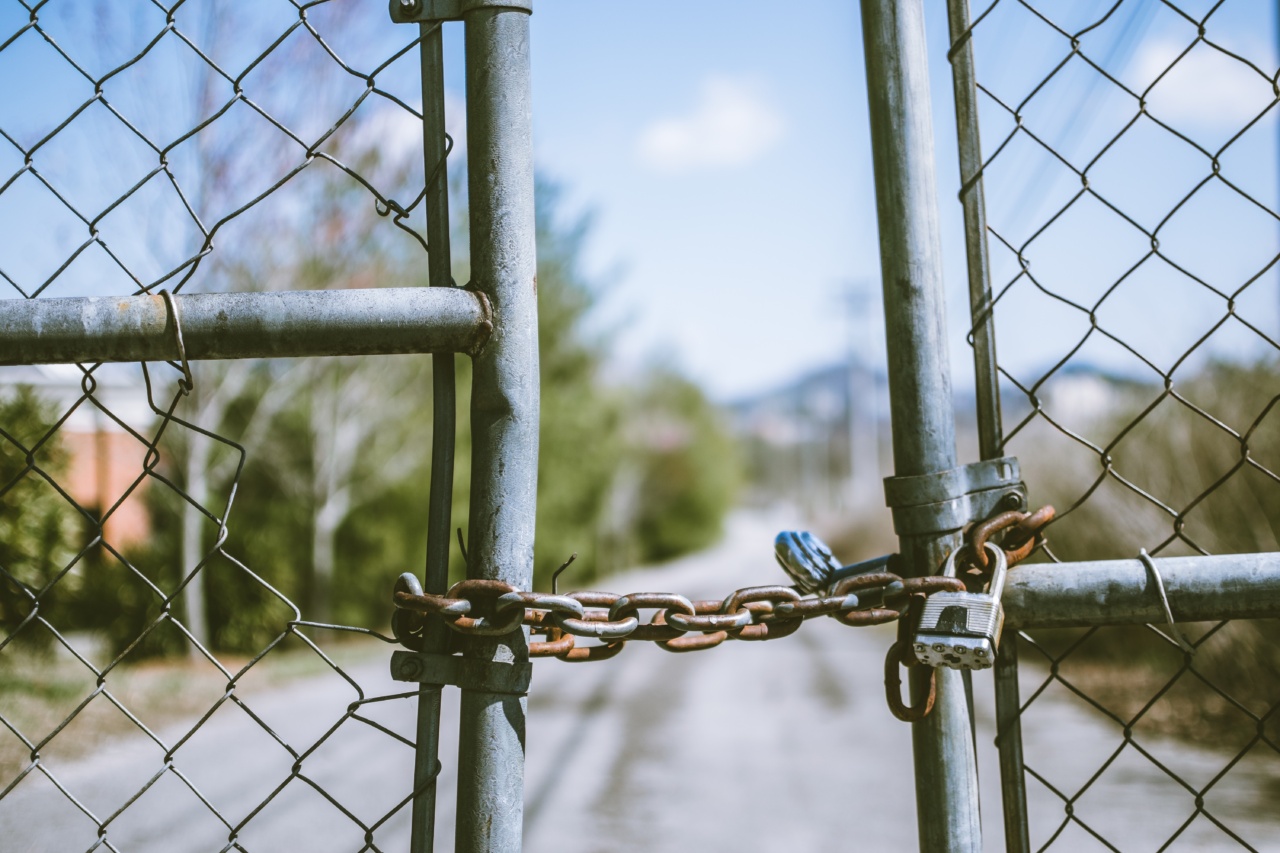Pacifiers, also known as soothers or dummies, have long been used as a means to soothe infants and satisfy their natural sucking instinct.
These small, nipple-like devices can provide comfort to babies and are often considered a must-have item for new parents. However, as with any baby product, there comes a time when pacifiers can pose potential safety hazards.
The Benefits and Drawbacks of Pacifiers
Before diving into the age at which pacifiers can become a safety hazard, let’s take a closer look at the benefits and drawbacks of pacifier use in infants.
Benefits:.
- Pacifiers can provide temporary relief from fussiness and help babies self-soothe.
- They may help reduce the risk of sudden infant death syndrome (SIDS) by promoting back sleeping.
- Pacifiers can be a useful distraction during medical procedures or vaccinations.
Drawbacks:.
- Extended pacifier use can lead to dental misalignment and speech delays.
- Pacifiers may become a sleep association, making it difficult for babies to fall asleep without them.
- There is a risk of pacifier dependency, which can be challenging to break later on.
When Do Pacifiers Pose a Safety Hazard?
Pacifiers are generally safe under proper supervision and when used appropriately. However, it is crucial to monitor their use as your child grows to ensure they do not pose any safety risks.
The age at which pacifiers become a safety hazard can vary from child to child, but there are a few common milestones to consider:.
1. Choking Hazards
Babies have a strong sucking reflex and tend to explore objects with their mouths. As they grow and develop, there is a risk of pacifiers becoming a choking hazard.
The nipple or the entire pacifier itself may become detached, presenting a potential choking risk. It is recommended to regularly check the pacifier for any signs of wear or damage and replace it if necessary.
Additionally, transitioning to a pacifier designed for older infants or toddlers, which has a larger size, may help reduce the risk of choking.
2. Mobility Challenges
Once your child starts crawling and eventually walking, pacifiers can hinder their mobility and coordination. A pacifier can pose a tripping hazard if the baby is constantly trying to hold onto it while exploring their surroundings.
Falling with a pacifier in their mouth can lead to injuries, such as mouth lacerations or dental trauma. It is advisable to consider gradually weaning your child off the pacifier as they become more active and independent. Encouraging other self-soothing techniques, such as cuddling or offering a blanket, can help ease the transition.
3. Dental and Speech Development
Prolonged pacifier use can impact the proper alignment of your child’s teeth and jaw development. The constant pressure and sucking motion can lead to dental problems, such as an open bite or an overbite.
Moreover, excessive pacifier use can also result in speech delays, as the mouth muscles are constantly engaged with the pacifier instead of practicing speech sounds. Dentists generally advise the cessation of pacifier use by around 2-4 years of age to avoid long-term negative effects on dental and speech development.
4. Pacifier Dependency
One of the primary concerns with pacifier use is the potential development of pacifier dependency. If a child becomes overly reliant on the pacifier for comfort or soothing, it can be challenging to wean them off it later on.
Extended pacifier use can interfere with their ability to self-soothe and may lead to sleep disturbances. To prevent pacifier dependency, it is recommended to gradually reduce its use over time and find alternative ways to comfort and ease anxiety.
Safe Pacifier Practices
While there comes a time when pacifiers can become a safety hazard, practicing safe pacifier use can help mitigate potential risks. Here are a few tips to ensure your child’s pacifier usage remains safe:.
- Always inspect the pacifier for wear and tear, and replace it if necessary.
- Choose pacifiers specifically designed for your child’s age range.
- Do not attach pacifiers to cords, necklaces, or any other objects that pose a strangulation risk.
- Clean the pacifier regularly to avoid the accumulation of bacteria.
- Encourage supervised pacifier use to ensure the baby does not choke or hurt themselves.
- Consider introducing other self-soothing techniques to reduce dependence on the pacifier.
- Consult with a pediatric dentist for guidance on the appropriate timing to stop pacifier use.
Conclusion
Pacifiers can be a helpful tool in soothing infants, but parents should be aware of the potential safety hazards they can pose as the child grows older.
Choking hazards, mobility challenges, dental and speech development issues, and pacifier dependency are all factors to consider when determining the appropriate age to discontinue pacifier use. By monitoring your child’s pacifier usage and following safe practices, you can ensure their well-being while gradually transitioning them to self-soothing alternatives.































